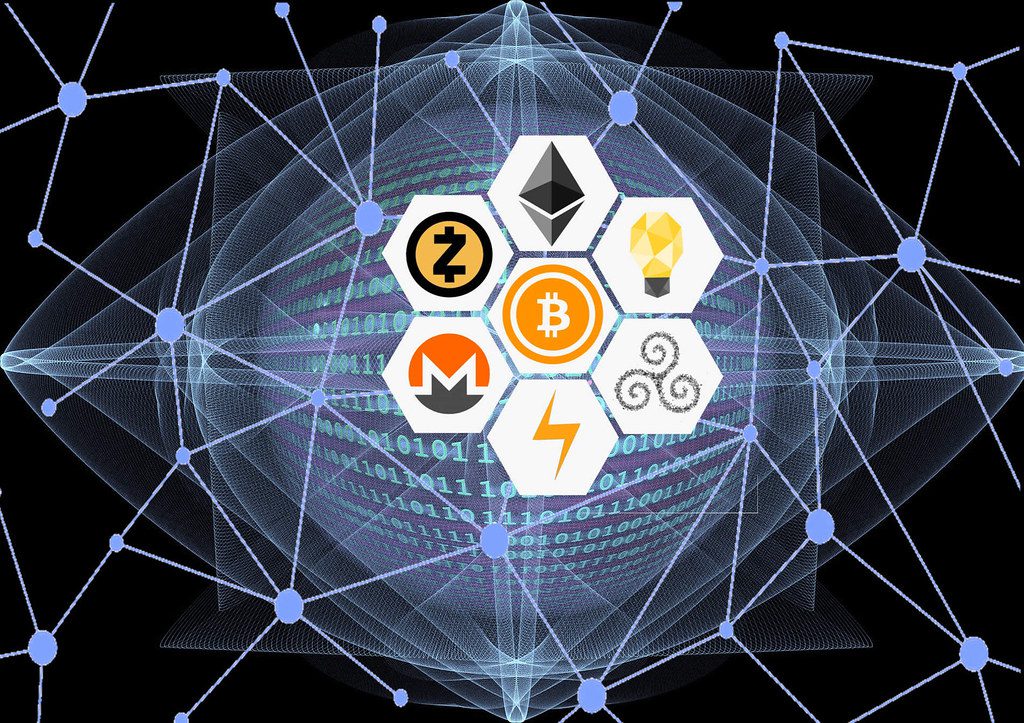Blockchain technology is a decentralized and distributed digital ledger system that records transactions across a network of computers in a secure, transparent, and tamper-proof manner. It was originally developed as the underlying technology for the digital currency Bitcoin, but has since been adapted for a wide range of other uses.
At its core, a blockchain is a chain of blocks, where each block contains a group of transactions. Once a block is added to the blockchain, the information contained within it is permanent and cannot be altered or deleted. This makes blockchains highly secure and resistant to tampering, hacking, or data breaches.
The decentralized and distributed nature of blockchains means that they operate without a central authority or intermediary, such as a bank or a government. Instead, the network is maintained by a decentralized network of computers, known as nodes, that work together to validate and confirm transactions. This eliminates the need for a trusted third party, and allows for secure and transparent transactions without the need for intermediaries.
In addition to being secure and transparent, blockchains are also highly efficient, as they can process transactions faster and at lower costs compared to traditional systems. This has made them a popular technology for a wide range of applications, from financial services and supply chain management to voting systems and digital identity management.
In conclusion, blockchain technology is a secure, transparent, and efficient digital ledger system that operates without the need for intermediaries. Its decentralized and distributed nature makes it highly resistant to tampering, hacking, or data breaches, making it a popular technology for a wide range of applications.
